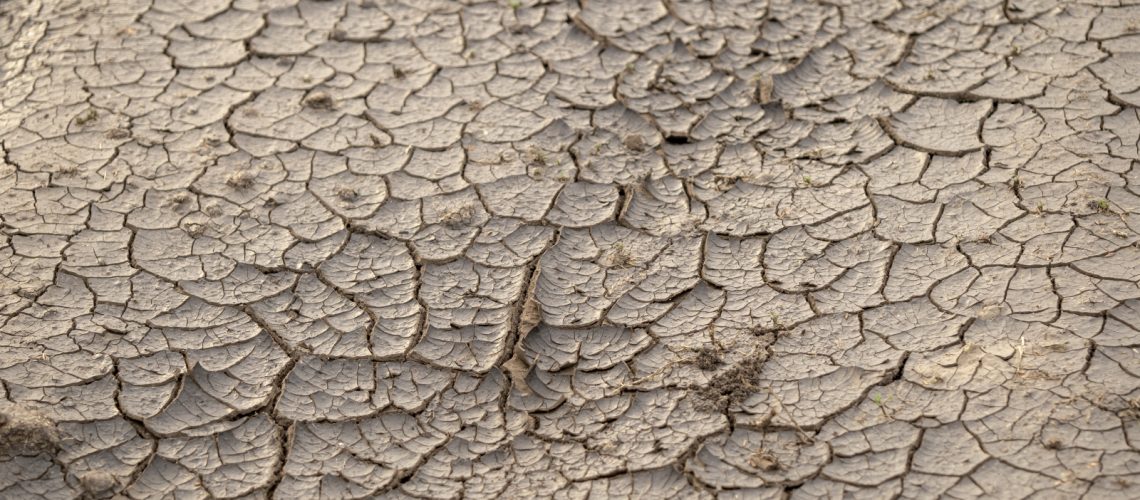When working in a field, you are likely to notice distinctive cracks on the surface. This issue occurs when caked soil forms on the surface. It affects crop growth by causing poor water infiltration and restricting seed germination. To make your irrigation more effective and increase your crop yields, you should consider preventing caked soil from forming on your farm.
What causes Soil Caking?
It is essential to understand the cause of caking to define the best ways to prevent it. Caking occurs when the application of water on the lawn or field is too heavy.
Water floods in the field when it is poured quicker than the soil on the surface can absorb it. Certain soil particles float and settle on the field’s surface in a denser structure. When the water eventually evaporates, it leaves behind cracked soil.
Caking also occurs when the water poured on the soil has large droplets. These droplets affect the soil’s surface and cause cracks.
Soil caking is a serious issue because it prevents water from reaching the plants’ roots and causes them to die. In some cases, the farmers have to replant the entire field.
How can you prevent Soil Caking?
Fortunately, you can prevent this problem through the following methods.
Distribute Water Evenly
Cracked soil often suggests parched land. However, overwatering the field is a major cause of soil caking. To ensure even water distribution, consider using a sprinkler system. This will disperse the water in tiny and even droplets.
It will also allow the soil to absorb the water faster. Applying small water droplets lightly will cause a lighter impact on the surface and prevent runoff.
Alternatively, you can use a center pivot machine and boombacks to increase its irrigation footprint. This method also improves the penetration rate of the water poured, hence preventing water pooling.
Aerate and Top-dress the Top Soil Layer
Clay soil always acts like a sponge because it absorbs overflowing water and then shrinks as it dries. This soil develops distinctive hard cracks that prevent young plants from reaching the surface during the drying process.
Gardeners should understand that soil exists in layers. The top layer is dark, rich in nutrients, and has a low clay density. These characteristics make the topsoil perfect for water absorption with slight shrinkage.
You should consider aerating and dressing this layer by adding humus soil rich in microorganisms. This practice can improve the soil’s texture and reduce the risk of fast shrinkage due to high clay composition. Compost is an excellent aerating resource.
Minimize Surface Runoff
When soil becomes saturated, any extra water turns into a runoff, further carrying the soil from the planted area – the remaining subsoil cracks and cakes easily.
Several strategies, such as using the boom irrigation method, can minimize surface runoff. The machines in this system will help you to decentralize water applications. It will also enable you to spray tiny water droplets evenly to improve water’s infiltration rate.
Every plant requires good nutritious soil to flourish. Unfortunately, most of the soil in Florida, especially the north and central parts, is sand. This issue frustrates many farmers and gardeners because it does not support crop growth.
The soil in some regions contains significant amounts of clay soil, which compacts easily and drains water slower than sandy soil.
Various irrigation solutions can keep your lawn or farm green and maintain the crops’ health. However, you should control the amount of water you give the plants. Do not hesitate to contact Southwest Florida Services & Supply Co to get more information about the safest and most effective irrigation system and equipment.

